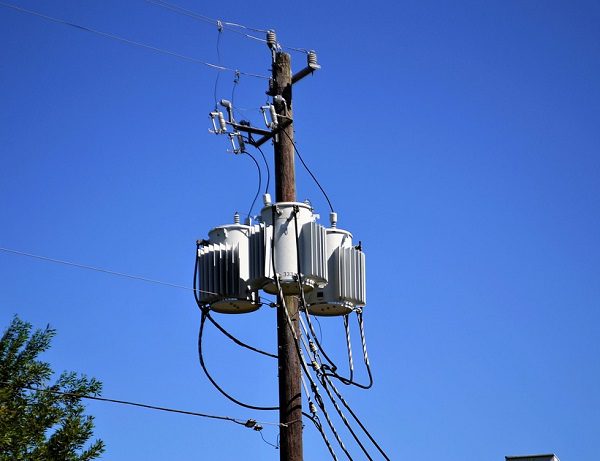BALTIMORE, MD—Electricity customers in Maryland and across the PJM region are bracing for significant bill increases due to delays in connecting new power generation and surging electricity demand, according to a new report by Synapse Energy Economics. The study (PDF), commissioned by Evergreen Action, highlights a looming cost crisis driven by grid interconnection bottlenecks and calls for urgent reforms to avert steep price hikes and support clean energy goals.
The PJM Interconnection, which manages the electric grid for 65 million people across 13 states and Washington, D.C., including Maryland, is grappling with a backlog of over 290,000 megawatts of proposed generation projects, primarily solar, wind, and battery storage. The report details how PJM’s interconnection queue delays—some stretching years—prevent new, cost-effective clean energy resources from coming online, forcing reliance on older, more expensive power plants. Coupled with unprecedented demand growth from data centers and industrial electrification, this bottleneck could drive up electricity costs significantly.
In Maryland, a net importer of electricity, the impact is particularly acute. The report estimates that resolving queue constraints could save Maryland customers up to $546 annually on their energy bills by enabling cheaper renewable energy to replace costly fossil fuel generation. Without action, residential customers in areas like Baltimore Gas and Electric’s service zone could see bills rise by 19%, or about $250 per year, while commercial customers could face increases nearing $2,700 annually, based on prior analyses of PJM capacity auctions.
“PJM’s mismanagement is causing energy bills to spike,” said Maryland Delegate Lorig Charkoudian in a statement on X, echoing the report’s findings. “Simple changes could save Marylanders hundreds of dollars a year.”
The report points to PJM’s interconnection process as a primary culprit. Delays in approving and connecting new projects, combined with local permitting hurdles and global supply chain issues, have created a bottleneck that stifles clean energy deployment. This not only raises costs but also threatens Maryland’s climate goals, which include reducing carbon emissions to meet net-zero targets by 2045.
Synapse Energy recommends several fixes, including streamlining PJM’s queue process, prioritizing low-cost renewable projects, and enhancing transmission planning to accommodate new generation. The report also suggests federal and state policies to accelerate permitting and incentivize clean energy development. These changes could add 76,000 jobs across the PJM region by 2030 and cut carbon dioxide emissions by millions of tons annually, according to the study’s projections.
PJM acknowledges the challenges but defends its efforts to reform the interconnection process. “We are quickly processing projects and enhancing our markets,” PJM spokeswoman Susan Buehler said in a statement. She noted that Maryland’s queue includes 7.3 gigawatts of mostly solar and storage projects, but stressed the need for more generation and transmission infrastructure to meet rising demand.
The report’s release comes amid broader concerns about PJM’s reliability and cost management. A recent capacity auction, disrupted by power plant retirements and new market rules, added about $5 billion to regional costs, with Maryland customers facing hikes of 2% to 24% starting in mid-2025, according to a separate Synapse study for Maryland’s Office of People’s Counsel.
Advocates urge swift action.
“The grid operator’s plan to fast-track gas plants won’t solve reliability woes, but quicker, cleaner options can,” said Caitlin Marquis of Advanced Energy United, citing PJM’s recent approval of a “Surplus Interconnection Service” to add batteries to existing renewable projects.
As Maryland faces growing energy needs—PJM projects a 4.7% annual winter peak load increase in some state zones—experts warn that inaction could lock in higher costs and emissions for years. “Maryland needs energy infrastructure now,” Buehler said. “There’s no debate.”
The report calls on PJM, state regulators, and federal authorities to act decisively to unclog the queue and prioritize clean energy, ensuring reliable, affordable power for Marylanders while advancing the state’s climate commitments.
The full report can be viewed online here (PDF).
This article was written with the assistance of AI and reviewed by a human editor.
Photo via Pixabay
Do you value local journalism? Support NottinghamMD.com today.

